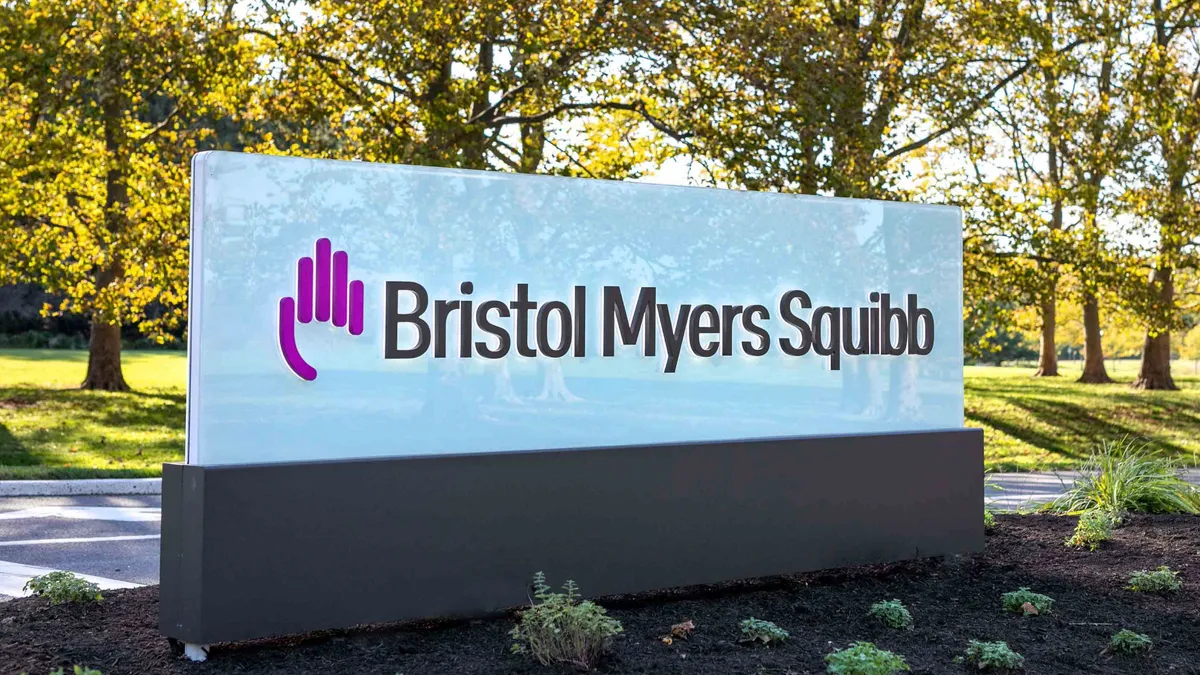In the early 2000s, Alzheimer’s research suffered a series of setbacks. Companies shelved several investigational drugs due to severe side effects, or because they produced no effect at all.
“There had been a lot of studies that just did not prove efficacy. It was kind of a dark time,” said Cara Brant, the CEO of Clinical Trial Media, a global recruitment and retention company. “When research slows down, that’s a scary thing for patients and health consumers.”
Today, Alzheimer’s research is finally notching some wins, and the field has seen a resurgence in enthusiasm in the fight against a disease that affects six million Americans, a number expected to swell to 13 million by 2050, fueling an anticipated $13 billion market.
“There's been particular excitement over new approaches in research to address protein buildup in the brain, and that presents itself through amyloid plaque or P-tau (phosphorylated tau),” Brant said.
The FDA gave full approval to the Eisai and Biogen drug Leqembi in July, and the development pipeline includes nearly 200 trials of about 150 unique candidates — more than 80% of them potentially disease-modifying. The number of trials is keeping pace with this uptick, but drugmakers need participants to succeed, a sizable challenge given the nature of the disease.
“The more progressed that Alzheimer's gets, the more challenging it is for patients to live a normal life, let alone throwing in this whole new layer of a new doctor and a new location, staff that they don't know in a place they're not familiar with,” Brant said.
As trials multiply, competition for participants is intensifying, upping the ante. Fortunately, it’s a motivated population looking for options, and the challenge for recruiters comes down to building better strategies to enroll them and keep them there, Brant said.
Bringing patients into the fold
To support recruitment and retention, Alzheimer’s trials need to make participation easy for both patients and their caretakers.
“Connecting with that caregiver and building a relationship with them is critical, and certainly also just recognizing how much they're taking on with this extra responsibility of trying to navigate this patient through a trial,” Brant said.
Accessibility and support are also crucial, Brant said. The pharma industry is increasingly automating trials to boost convenience and improve data collection, but it has a downside for Alzheimer’s trials.
“Sometimes too much automation takes away that human touch, that human element,” Brant said, adding that sites should build in the human contact that many patients need.
Efficient enrollment can also help make sure patients aren’t lost. A solid pre-screening process to identify the most promising candidates can save sites time.
“I encourage sponsors to pre-screen as much as possible … because the last thing you want to do is overwhelm the sites with people that are not qualified,” Brant said. “Sites can't handle that volume.”
In addition to speeding enrollment, trial sites should prioritize diversity, Brant said. Black Americans have double the risk of Alzheimer’s but are often underrepresented in trials. Improved diversity not only improves outcomes, but the FDA is now requiring it in some cases. Sponsors can overcome barriers to participation by opening up site locations in communities where these patients live and making sure that participants see other patients and investigators who look like them when they enter.
Overall, recruitment and retention efforts should be fluid, flexible and adaptable because what works with one sponsor’s protocol won’t work with all of them, Brant said.
“Make sure you're looking at each study individually, understanding what a patient population is experiencing in life right now and what you are asking them to do in this study. What is their motivation? What are the roadblocks?”
Anticipating the needs of patients can create a better experience and ultimately improve trial retention.
“It's recognizing that the clinical trial journey is complex, and there are just so many layers to it, and you have to address all of them to really make meaningful change,” Brant said.









